If your kitchen sink disposal is clogged, it can be a major inconvenience and disrupt your daily routine. Luckily, there are a few simple steps you can take to fix the problem and get your disposal working again. The first step is to turn off the power to your disposal by unplugging it or turning off the circuit breaker. Then, using a pair of tongs or pliers, reach in and remove any large objects that may be blocking the disposal. Be careful not to stick your hand in the disposal, as it can be dangerous. Next, use a plunger to unclog the disposal. Place the plunger over the drain and push down and pull up several times. This will create suction and help to dislodge any clogs. If this doesn't work, you may need to use a drain snake to remove the blockage. Once the clog is cleared, turn the power back on and run water down the disposal. This should help to flush out any remaining debris. If the disposal is still not working properly, you may need to call a professional plumber for further assistance.How to Fix a Clogged Kitchen Sink Disposal
If your garbage disposal is not draining properly, it may be clogged. Here are some steps you can take to unclog it: First, turn off the power to the disposal by unplugging it or turning off the circuit breaker. Then, using a flashlight, check the drain for any visible clogs. Use tongs or pliers to remove any large objects that may be blocking the disposal. If you can't see any clogs, the blockage may be further down the drain. In this case, you can try using a plunger or a drain snake to remove the clog. If these methods don't work, you may need to call a professional plumber for help. Once the clog is cleared, run water down the disposal to ensure it is draining properly. You can also pour a cup of baking soda followed by a cup of vinegar down the disposal to help clean out any remaining debris.How to Unclog a Garbage Disposal
Garbage disposals are a convenient and useful appliance in any kitchen, but they can also experience problems from time to time. Here are some common problems and solutions: No Power: If your disposal is not turning on at all, the first thing to check is the power. Make sure it is plugged in and that the circuit breaker has not been tripped. If there is power, you may need to reset the disposal by pressing the reset button on the bottom of the unit. Clogged Drain: As mentioned earlier, clogged drains are a common problem with garbage disposals. Try using a plunger or a drain snake to remove the clog. You can also try pouring a cup of baking soda followed by a cup of vinegar down the disposal to help clear out any debris. Leaking: If your disposal is leaking, it may be due to a loose or damaged seal. You can try tightening the seal or replacing it if necessary. If the leak persists, you may need to call a professional plumber for further assistance. Loud or Grinding Noise: If your disposal is making a loud or grinding noise, it may be due to a foreign object stuck in the blades. Turn off the power and use tongs or pliers to remove the object. If the noise continues, the blades may need to be replaced.Common Garbage Disposal Problems and Solutions
If your garbage disposal is not turning on, there are a few things you can check to troubleshoot the problem: Power: First, make sure the disposal is plugged in and that the circuit breaker has not been tripped. If there is power, try resetting the unit by pressing the reset button on the bottom of the disposal. Jammed Blades: If the disposal is making a humming noise but not turning on, it may be due to jammed blades. Turn off the power and use tongs or pliers to remove any objects that may be blocking the blades. Overheating: If the disposal overheats, it may shut off as a safety precaution. Wait for it to cool down and press the reset button to see if it will turn back on. If none of these solutions work, the disposal may have a more serious issue and you may need to call a professional for help.How to Troubleshoot a Garbage Disposal That Won't Turn On
Leaking is a common problem with garbage disposals, but it can be fixed with a few simple steps: First, turn off the power to the disposal by unplugging it or turning off the circuit breaker. Then, check the seals and connections for any signs of damage or looseness. Tighten or replace any damaged seals. If the leak is coming from the bottom of the disposal, the internal seal may be damaged and need to be replaced. In this case, it is best to call a professional plumber for assistance. Once the leak is fixed, run water down the disposal to ensure it is no longer leaking. You can also pour a cup of baking soda followed by a cup of vinegar down the disposal to help clean out any remaining debris.How to Fix a Leaking Garbage Disposal
If your garbage disposal is not working properly, you may need to reset it. Here's how: First, turn off the power to the disposal by unplugging it or turning off the circuit breaker. Then, look for the reset button on the bottom of the disposal and press it. This will reset the unit and may fix any issues it was experiencing. If the reset button does not work, there may be a more serious issue with the disposal and you may need to call a professional for help.How to Reset a Garbage Disposal
To keep your garbage disposal working properly and prevent future problems, it is important to clean and maintain it regularly. Here are some tips: Run Water: Always run water down the disposal while it is in use to help flush out debris and prevent clogs. Clean with Ice Cubes: Once a month, you can run ice cubes through the disposal to help clean the blades and remove any built-up debris. You can also add a few lemon slices for a fresh scent. Avoid Certain Foods: Fibrous and starchy foods, such as potato peels and celery, should not be put in the disposal as they can cause clogs. Also avoid putting grease or oil down the disposal, as it can solidify and clog the drain. Regular Maintenance: It is recommended to have your garbage disposal professionally inspected and maintained every 6 months to a year to ensure it is working properly and to catch any potential issues before they become major problems.How to Clean and Maintain Your Garbage Disposal
If you are looking to install a new garbage disposal, here are the steps to follow: Step 1: Turn off the power to the area where you will be installing the disposal. Step 2: Remove the old disposal (if applicable) by disconnecting the drain and removing the mounting ring. Step 3: Install the new disposal by attaching the mounting ring and connecting the drain and dishwasher hose (if applicable). Step 4: Turn the power back on and test the disposal to ensure it is working properly. Step 5: If the disposal is working, secure it in place with the mounting ring and dispose of the old disposal properly. Note: It is recommended to have a professional plumber install the disposal to ensure it is done correctly and safely.How to Install a Garbage Disposal
If your garbage disposal is beyond repair, you may need to replace it. Here are the steps to follow: Step 1: Turn off the power to the area where the disposal is located. Step 2: Disconnect the drain and remove the mounting ring to remove the old disposal. Step 3: Install the new disposal by attaching the mounting ring and connecting the drain and dishwasher hose (if applicable). Step 4: Turn the power back on and test the disposal to ensure it is working properly. Step 5: If the disposal is working, secure it in place with the mounting ring and dispose of the old disposal properly. Note: It is recommended to have a professional plumber replace the disposal to ensure it is done correctly and safely.How to Replace a Garbage Disposal
Prevention is the best way to avoid common garbage disposal problems. Here are some tips to keep your disposal running smoothly: Run Water: Always run water down the disposal while it is in use to help flush out debris and prevent clogs. Avoid Certain Foods: Fibrous and starchy foods, such as potato peels and celery, should not be put in the disposal as they can cause clogs. Also avoid putting grease or oil down the disposal, as it can solidify and clog the drain. Regular Maintenance: As mentioned earlier, it is important to have your garbage disposal professionally inspected and maintained every 6 months to a year to ensure it is working properly and to catch any potential issues before they become major problems. Be Gentle: Avoid putting too much food or large objects down the disposal at once. This can put strain on the blades and cause them to wear out faster. By following these tips and properly maintaining your garbage disposal, you can prevent common problems and extend the life of your appliance.How to Prevent Common Garbage Disposal Problems
Kitchen Sink Disposal Problems: Causes and Solutions
/how-to-install-a-sink-drain-2718789-hero-24e898006ed94c9593a2a268b57989a3.jpg)
Common Problems with Kitchen Sink Disposal
 Kitchen sink disposal is a convenient and efficient way to get rid of food waste in your kitchen. However, it is not immune to problems and can be prone to malfunction if not properly maintained. One of the most common problems with kitchen sink disposal is clogging. This can happen due to a build-up of food particles, grease, or other debris in the disposal unit. Another common issue is a jammed disposal, which can occur if large or hard objects are accidentally put into the unit.
Kitchen sink disposal is a convenient and efficient way to get rid of food waste in your kitchen. However, it is not immune to problems and can be prone to malfunction if not properly maintained. One of the most common problems with kitchen sink disposal is clogging. This can happen due to a build-up of food particles, grease, or other debris in the disposal unit. Another common issue is a jammed disposal, which can occur if large or hard objects are accidentally put into the unit.
The Causes of Kitchen Sink Disposal Problems
 The main cause of kitchen sink disposal problems is improper use and maintenance. Many people tend to put all kinds of food waste into their disposal, not realizing that certain items can cause damage or clogs. Hard and fibrous foods such as bones, eggshells, and corn husks can dull the blades or get stuck in the unit, leading to blockages and malfunctions. Additionally, pouring grease or oil down the disposal can solidify and cause clogs over time.
The main cause of kitchen sink disposal problems is improper use and maintenance. Many people tend to put all kinds of food waste into their disposal, not realizing that certain items can cause damage or clogs. Hard and fibrous foods such as bones, eggshells, and corn husks can dull the blades or get stuck in the unit, leading to blockages and malfunctions. Additionally, pouring grease or oil down the disposal can solidify and cause clogs over time.
Solving Kitchen Sink Disposal Problems
 The good news is that most kitchen sink disposal problems can be easily solved with some DIY fixes. If your disposal is clogged, try running hot water and turning on the unit to break up the blockage. You can also try using a plunger or a disposal wrench to manually loosen the clog. For a jammed disposal, try using an Allen wrench to manually turn the blades and dislodge any stuck objects. If these methods do not work, it may be time to call a professional plumber for assistance.
The good news is that most kitchen sink disposal problems can be easily solved with some DIY fixes. If your disposal is clogged, try running hot water and turning on the unit to break up the blockage. You can also try using a plunger or a disposal wrench to manually loosen the clog. For a jammed disposal, try using an Allen wrench to manually turn the blades and dislodge any stuck objects. If these methods do not work, it may be time to call a professional plumber for assistance.
Preventing Future Problems
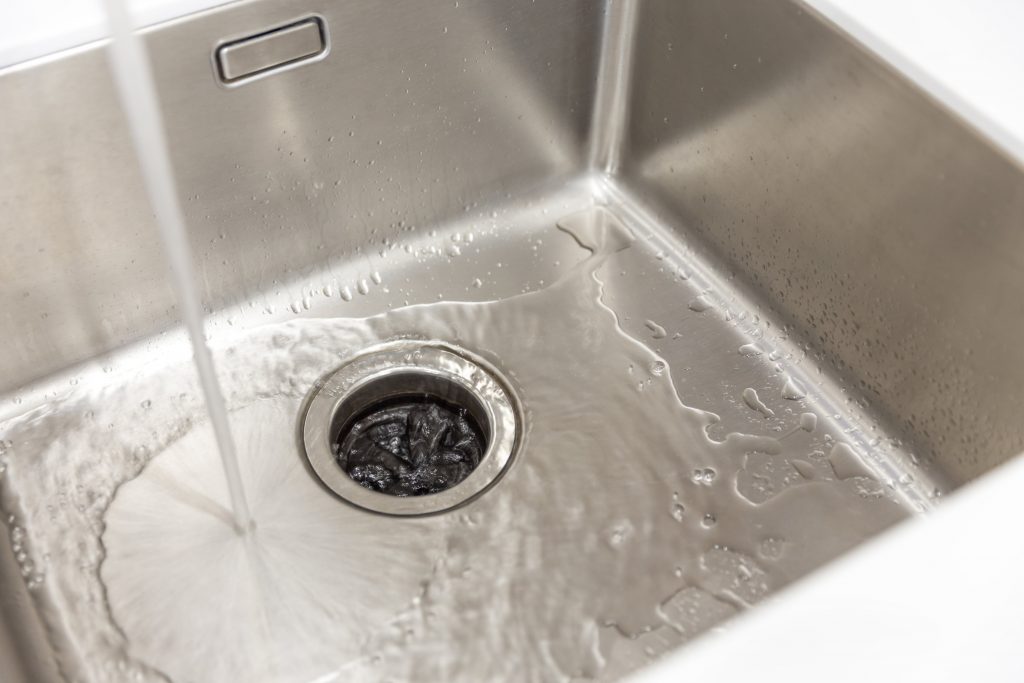 To avoid future kitchen sink disposal problems, it is important to properly use and maintain your unit. This includes avoiding putting hard or fibrous foods down the disposal and always running water while the unit is in use. It is also important to regularly clean and deodorize your disposal by grinding ice cubes and citrus peels. Additionally, you should have your disposal professionally inspected and serviced every few years to ensure it is working properly.
In conclusion, kitchen sink disposal problems can be a nuisance but can also be easily solved and prevented with proper care and maintenance. By being mindful of what you put down the disposal and taking preventative measures, you can keep your kitchen sink disposal functioning smoothly and efficiently for years to come. If you encounter any major issues with your disposal, do not hesitate to seek professional help to ensure the problem is resolved correctly. Happy disposing!
To avoid future kitchen sink disposal problems, it is important to properly use and maintain your unit. This includes avoiding putting hard or fibrous foods down the disposal and always running water while the unit is in use. It is also important to regularly clean and deodorize your disposal by grinding ice cubes and citrus peels. Additionally, you should have your disposal professionally inspected and serviced every few years to ensure it is working properly.
In conclusion, kitchen sink disposal problems can be a nuisance but can also be easily solved and prevented with proper care and maintenance. By being mindful of what you put down the disposal and taking preventative measures, you can keep your kitchen sink disposal functioning smoothly and efficiently for years to come. If you encounter any major issues with your disposal, do not hesitate to seek professional help to ensure the problem is resolved correctly. Happy disposing!

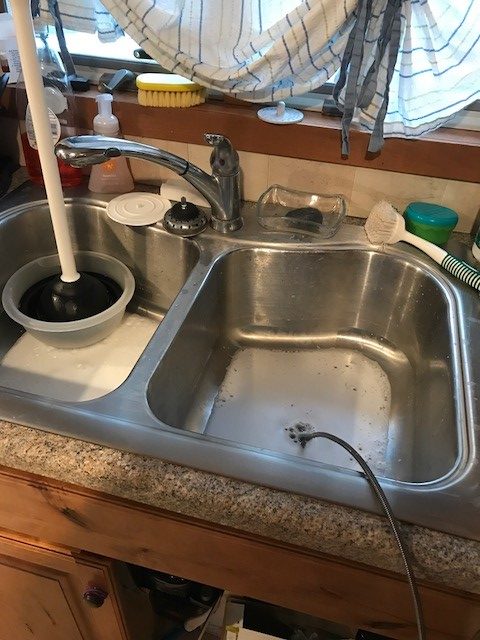









/kitchen-sink-171366298-57fe93b75f9b5805c26b283a.jpg)





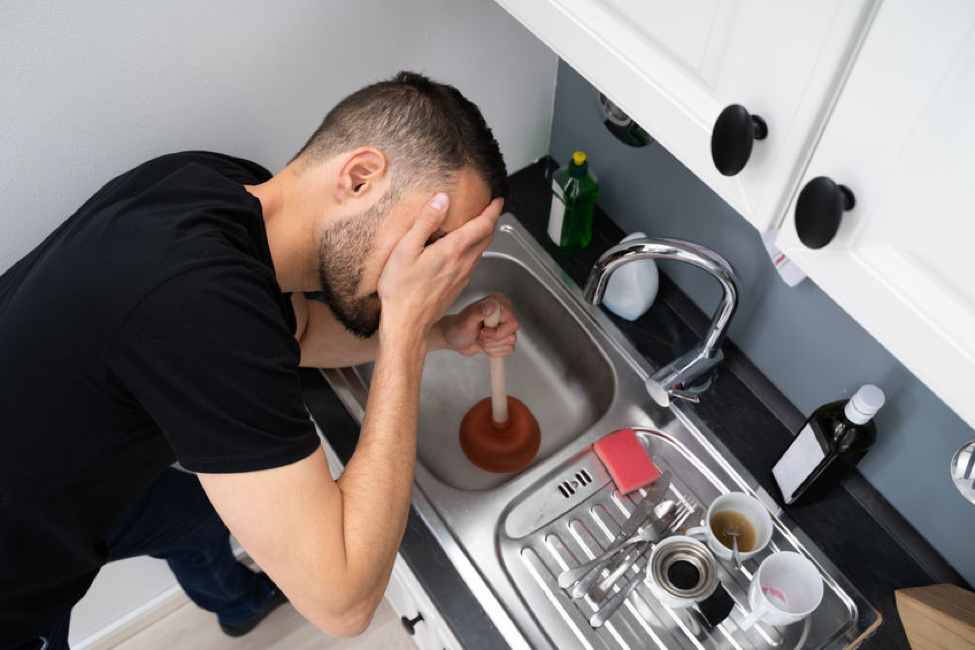








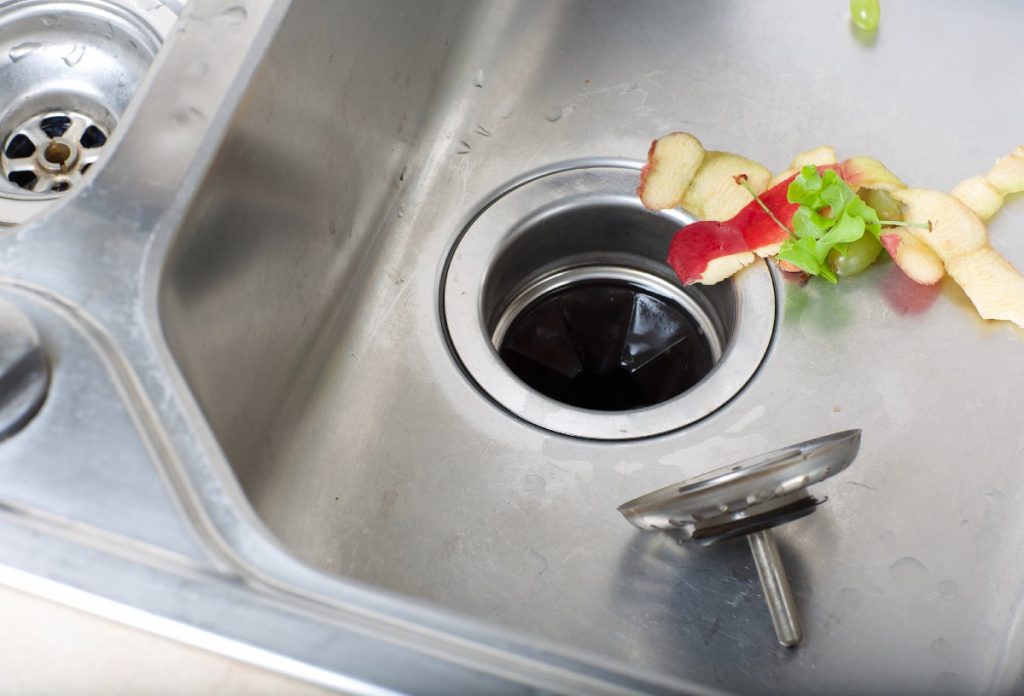






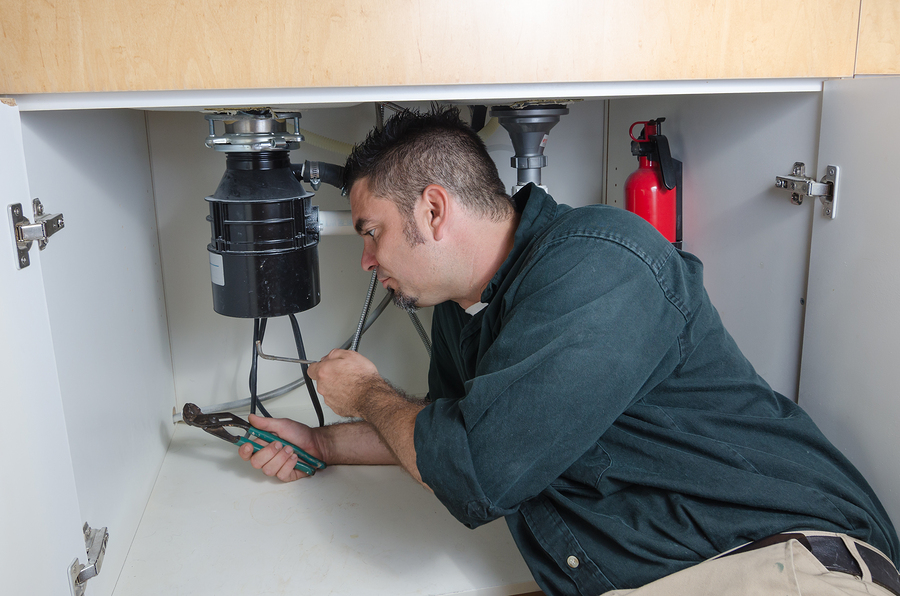
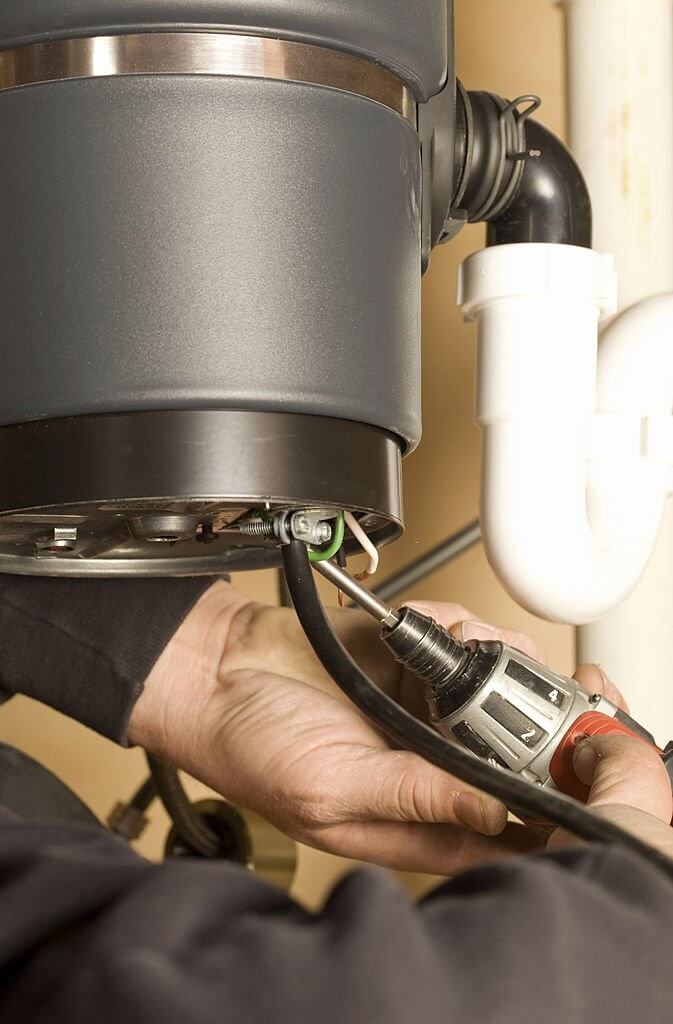






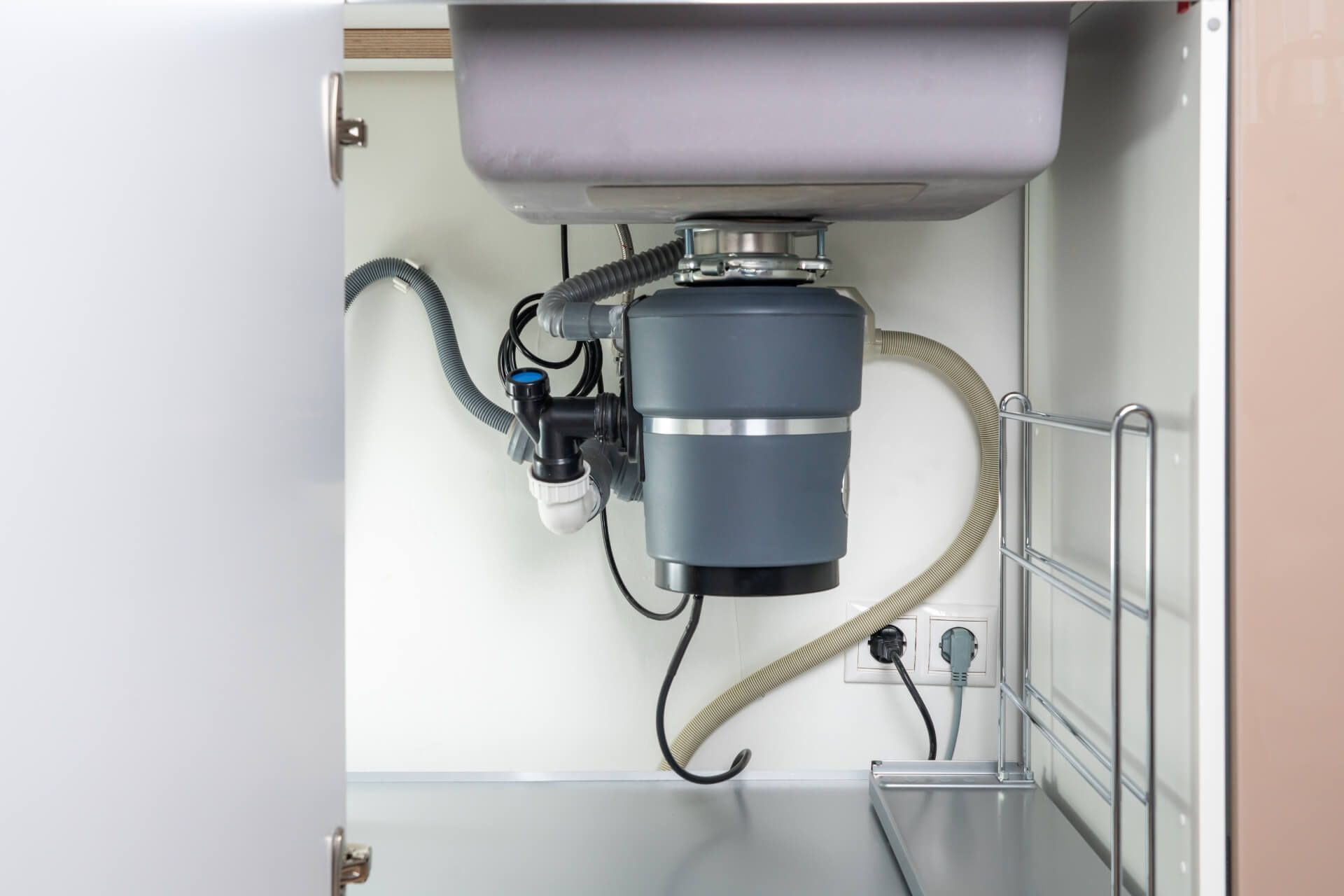

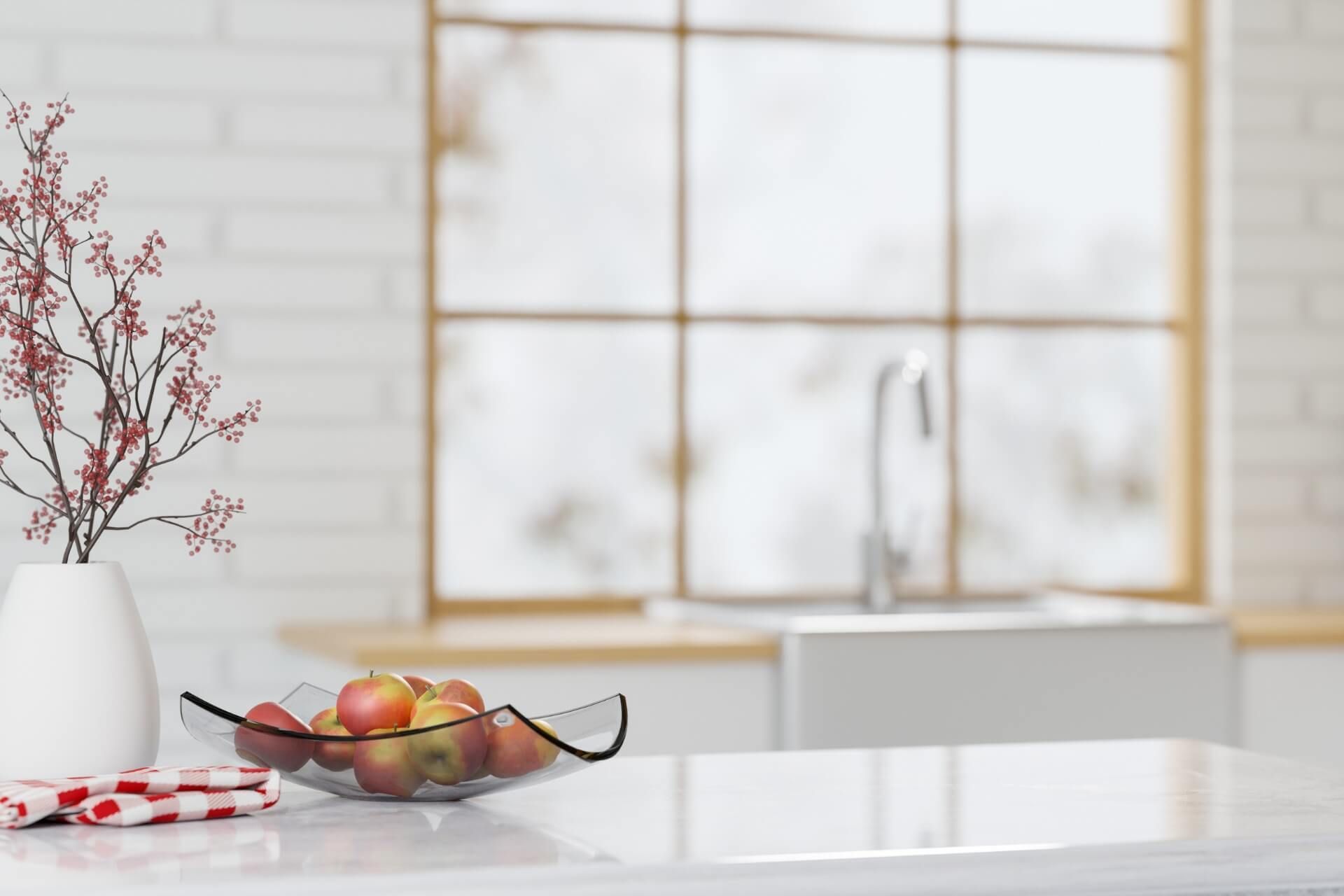



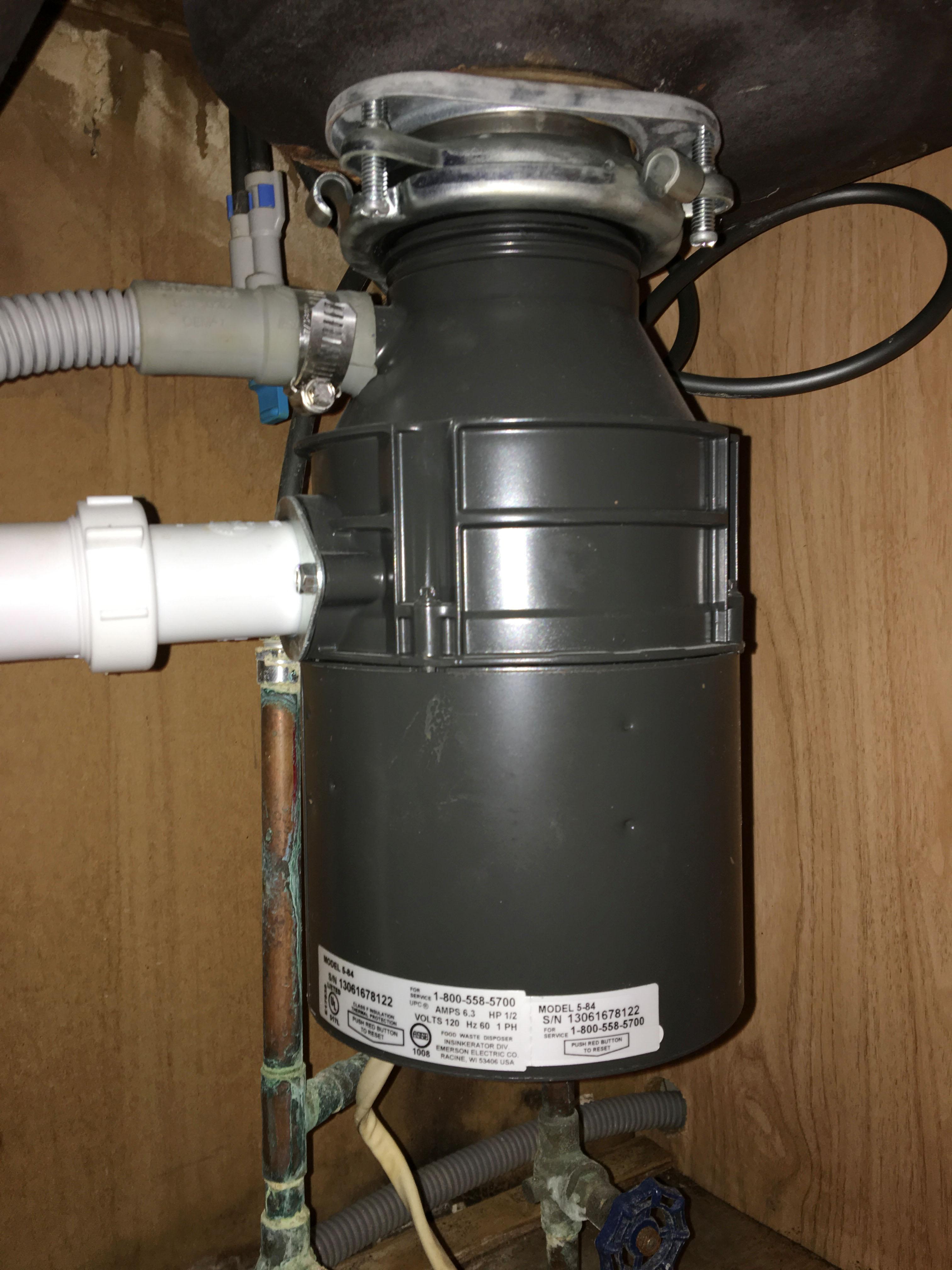





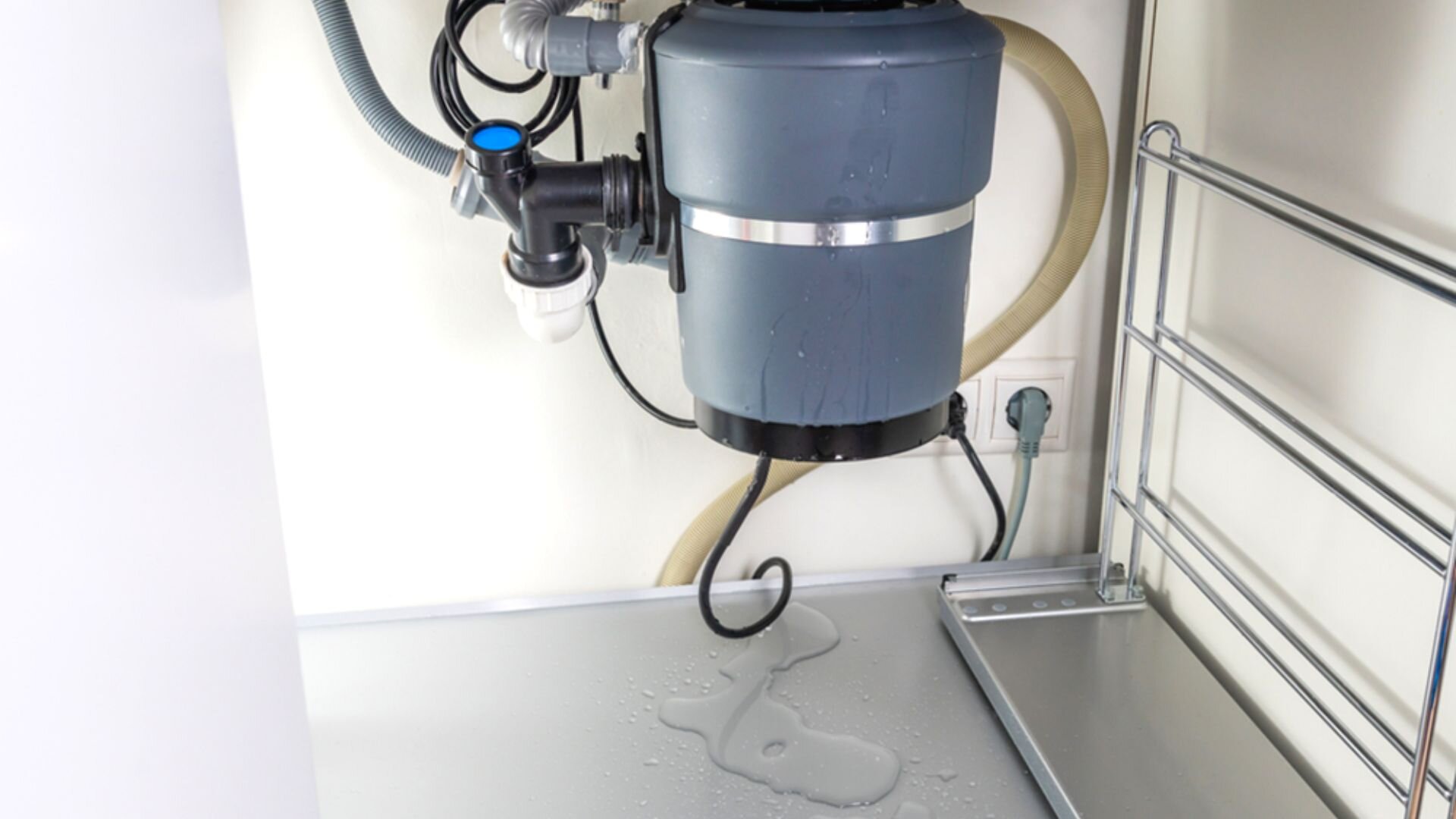




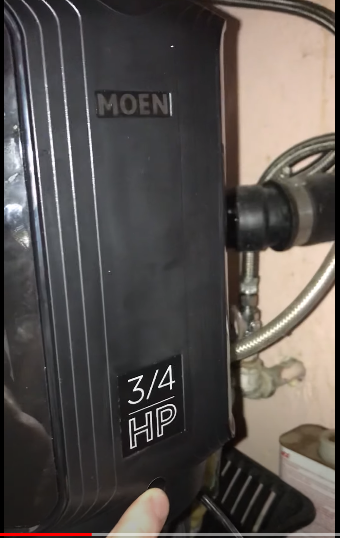
:max_bytes(150000):strip_icc()/how-to-reset-a-garbage-disposal-5223533-04-1e218c2b51a442708093915e868b3381.jpg)
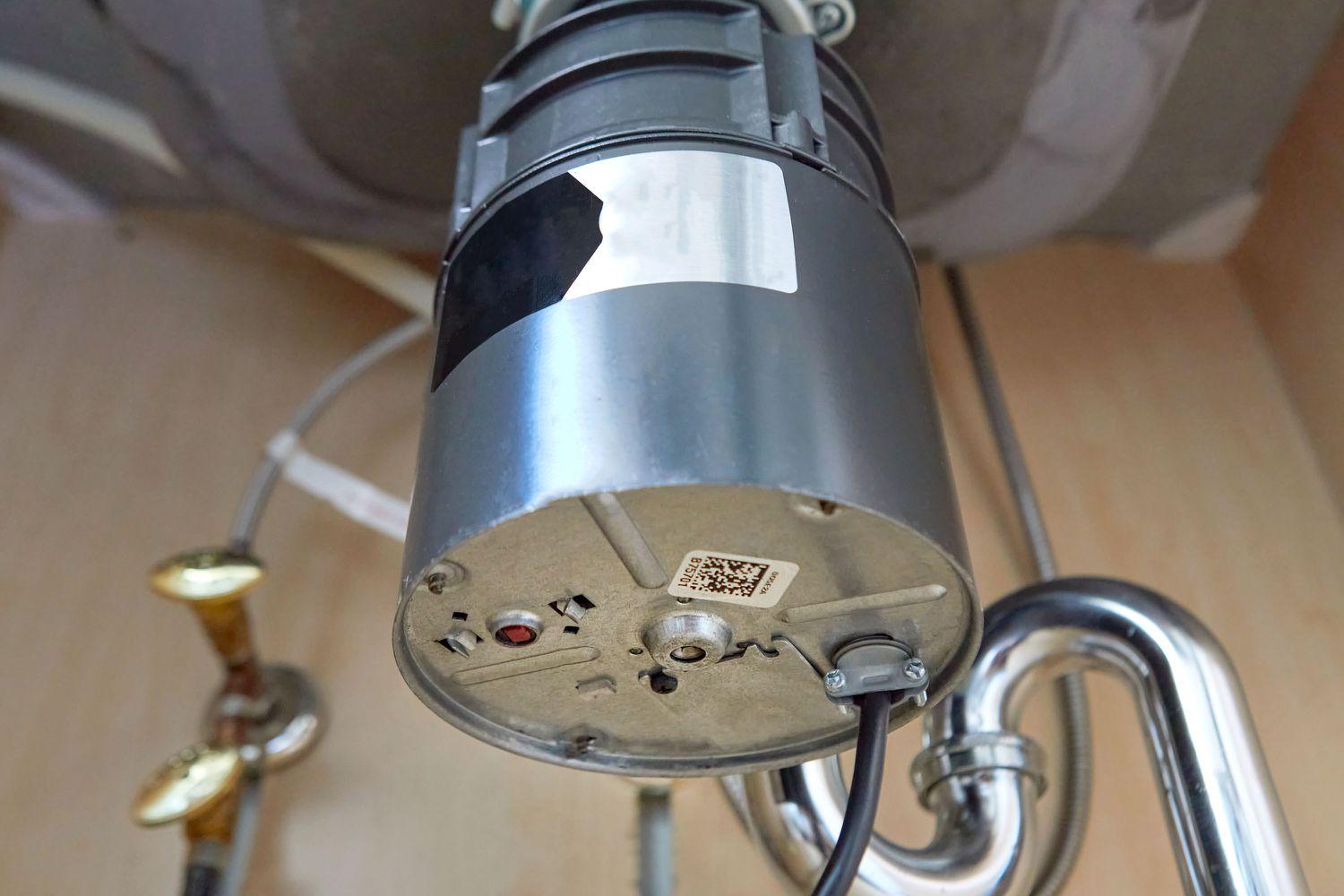





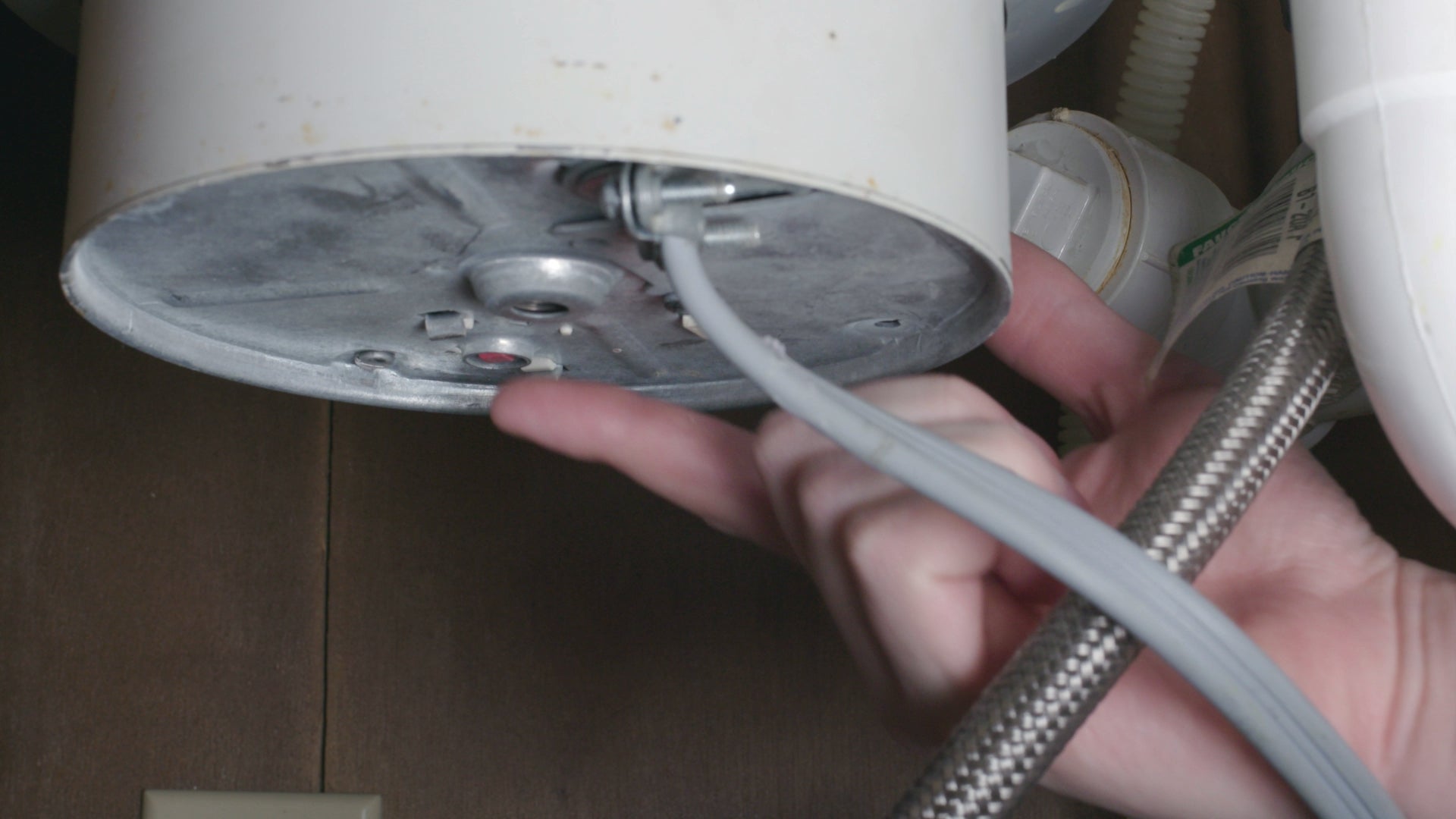



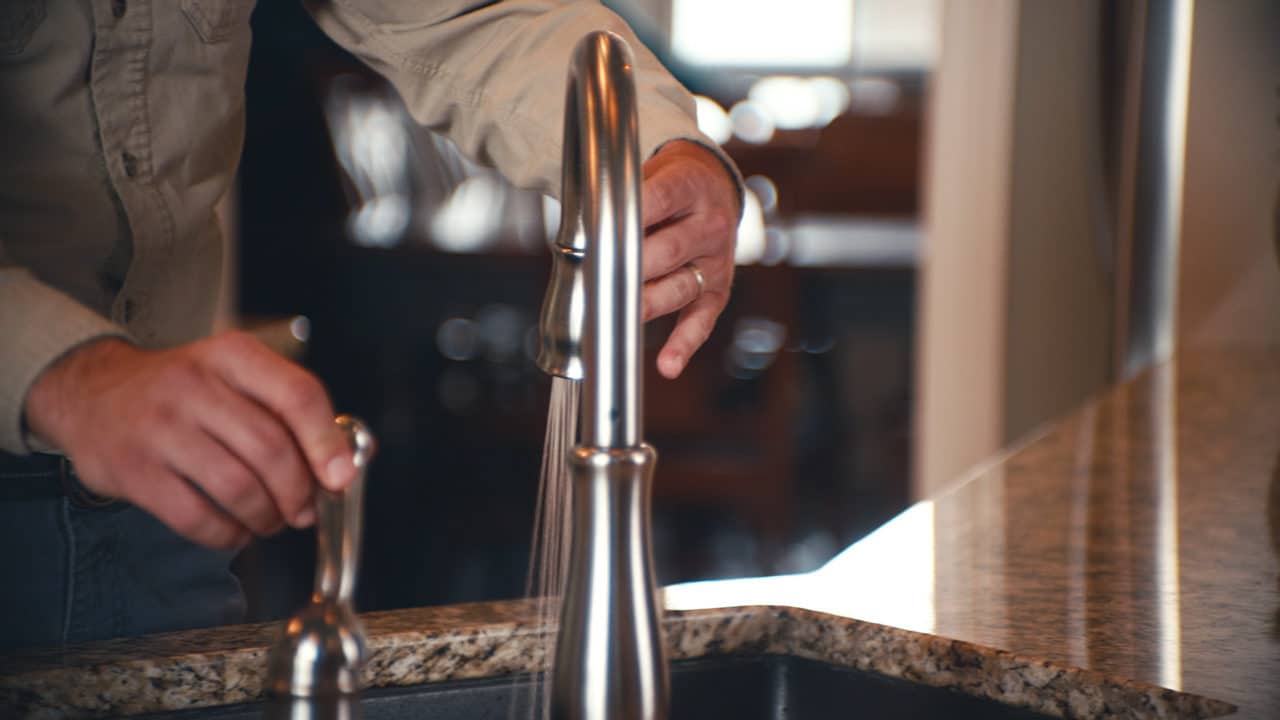


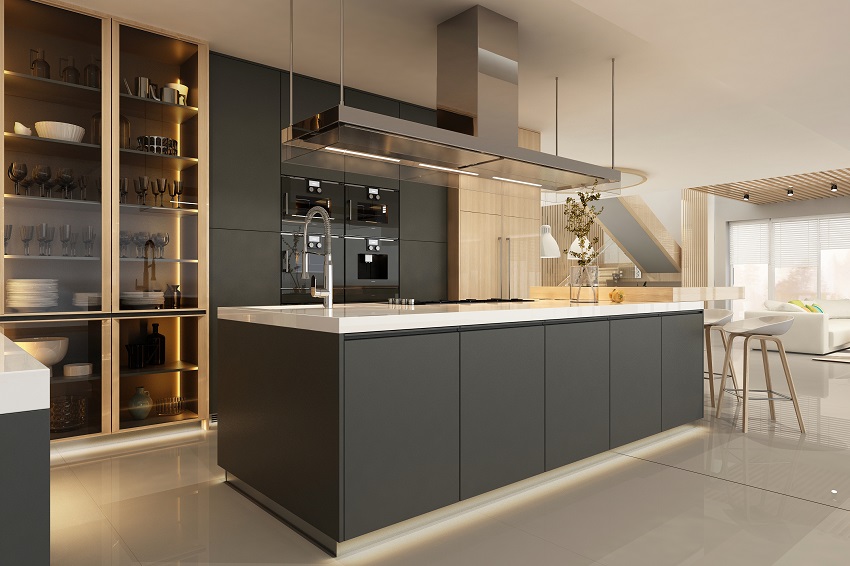




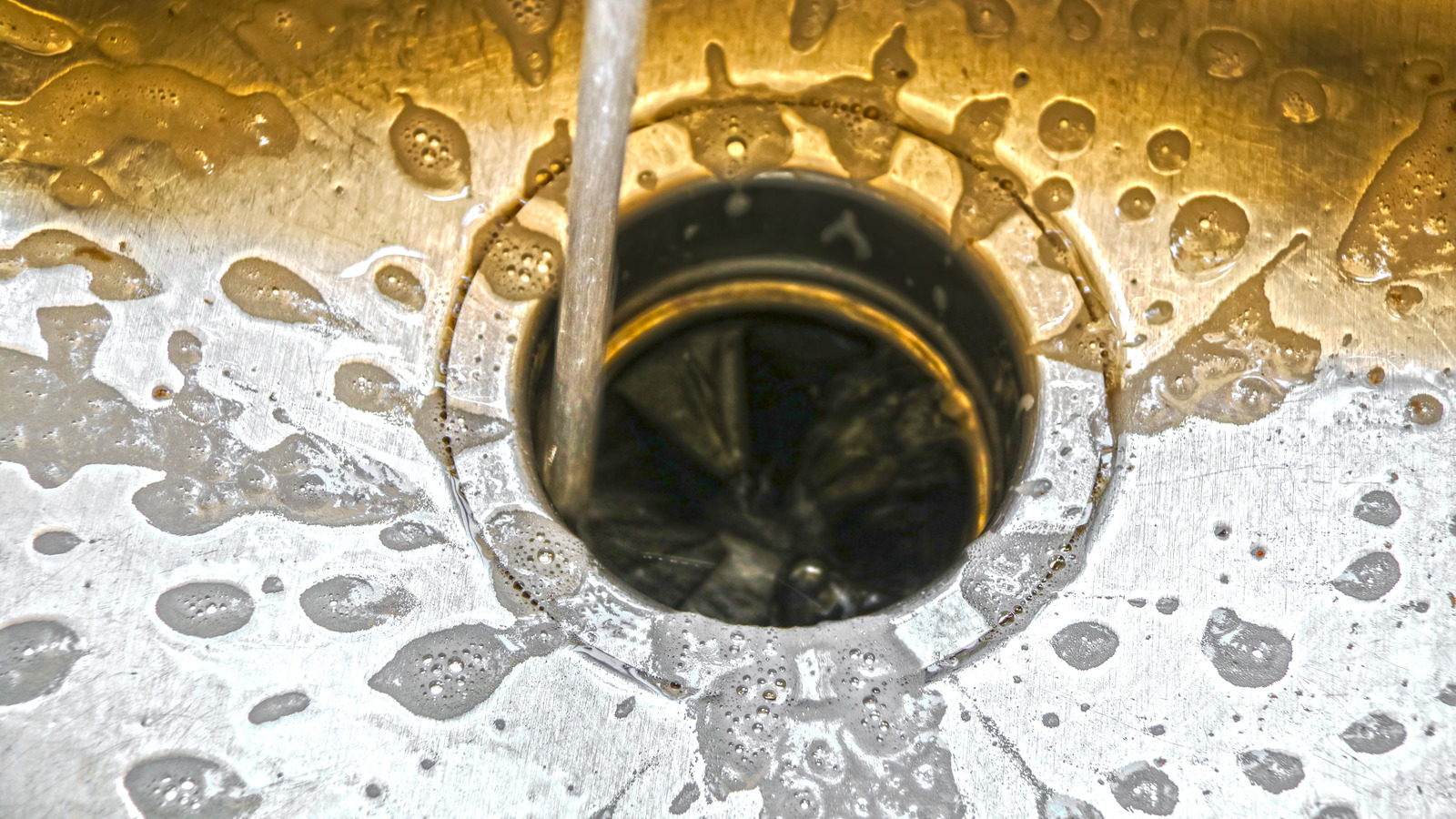
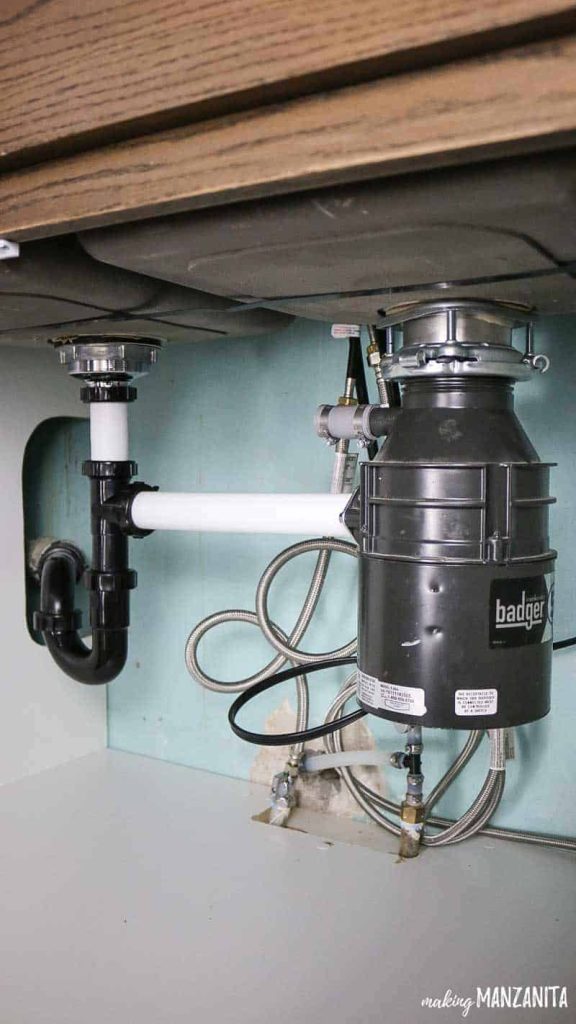















:max_bytes(150000):strip_icc()/garbage-disposal-installation-1824830-hero-1dcd7b5b05d44a2cb367e31692500c8c.jpg)



















